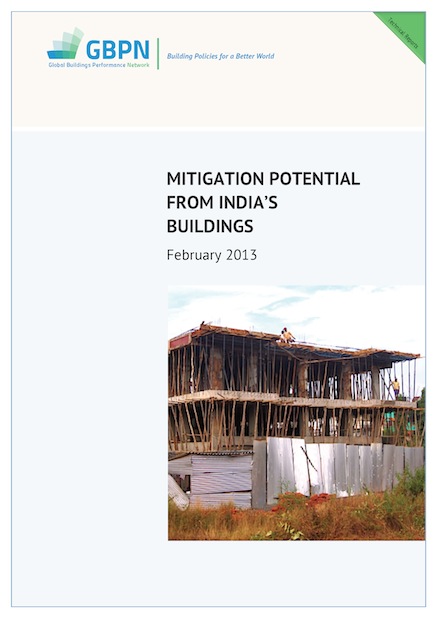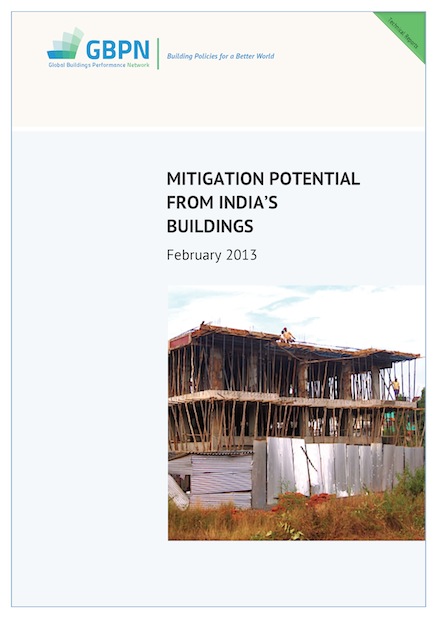印度建筑的减排潜力

可靠证据表明,至2050年印度建筑领域会产生巨幅能源增长,基于此估测,本报告分析了印度目前建筑节能减排的政策框架及其节能潜力。
6 result(s) found

可靠证据表明,至2050年印度建筑领域会产生巨幅能源增长,基于此估测,本报告分析了印度目前建筑节能减排的政策框架及其节能潜力。
可靠证据表明,至2050年印度建筑领域会产生巨幅能源增长,基于此估测,本报告分析了印度目前建筑节能减排的政策框架及其节能潜力。
 可靠证据表明,至2050年印度建筑领域会产生巨幅能源增长,基于此估测,本报告分析了印度目前建筑节能减排的政策框架及其节能潜力。
可靠证据表明,至2050年印度建筑领域会产生巨幅能源增长,基于此估测,本报告分析了印度目前建筑节能减排的政策框架及其节能潜力。
 Technical Report
Technical Report
Demonstrating the enormity of the predicted energy growth in India's building sector up to 2050, this report explores the current political framework for energy efficient buildings and the potential for change.
Background
In 2007, the Indonesian Government instigated a national program to convert domestic kerosene users to liquefied petroleum gas (LPG) for cooking. This was primarily motivated by the rising cost of kerosene subsidies.
Objective
To review the national conversion program and LPG scale up by evaluating its impacts, including assessing sustained changes in cooking behaviour and consequent reductions in exposure to household air pollution (HAP).
Residential energy efficiency interventions are complex social and construction programmes that may benefit health, yet the interactions between the material improvements, health and health-related outcomes, and householder responses are not well understood. While indoor winter warmth and householder satisfaction have been identified as the key mediators for physiological, mental and social health outcomes, this paper explores how programme contexts may have influenced the outcomes. This review revealed that common target populations were low income households, children and the elderly.